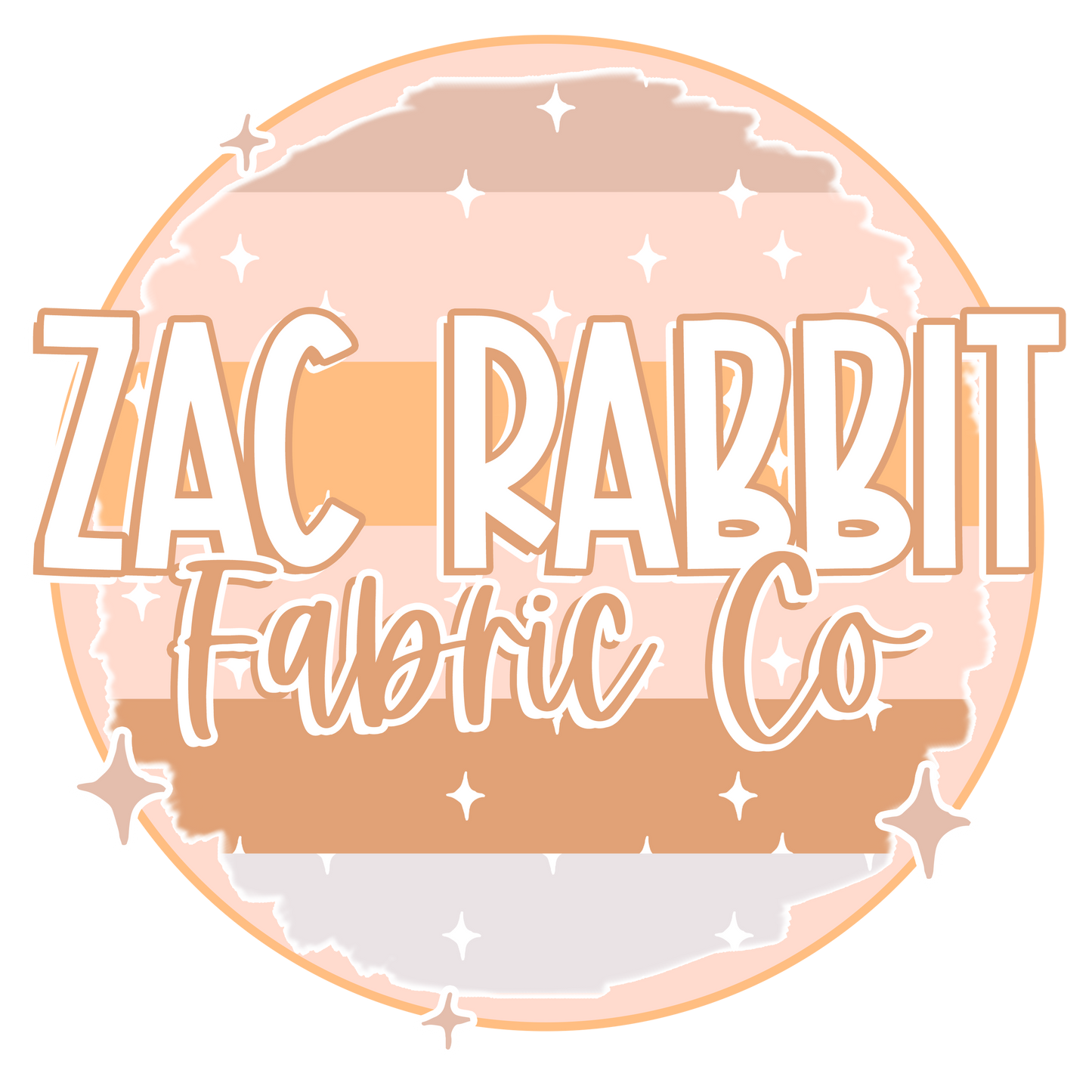The colours in which we surround ourselves with can have a profound impact on our emotions, moods, and even behavior. In the world of fabric selection, understanding the principles of colour psychology can elevate the creative process and enhance the emotional resonance of textile-based creations.
The Psychology of Colour:
Colour psychology explores how different colours can evoke specific emotional responses, influence perceptions, and shape experiences. Each colour carries it's own symbolism and psychology associations, which can be harnessed to create intentional and impactful fabric creations.
Colour Selection in Fabric:
When choosing fabrics for a project, it's essential to consider the emotional and psychological effects of different colours. For example, warm colours like red and yellow can evoke energy, passion, and positivity, while colours like blue and green can inspire calmness, creativity, and tranquility. Understanding these associations can inform deliberate choices that align with the intended emotional impact of the creation.

The Power of Colour Combinations:
The power of colour combinations play a vital role in fabric selection. Analogue colours (colours next to each other on the colour wheel) can create a sense of harmony and unity, while complimentary colour schemes (colours opposite each other on the colour wheel) can produce dynamic and engaging contrasts. By using these principles of colour combinations, fabric selections can be curated to evoke specific emotional responses and visual impact.
Fabric Colour and Mood:
The colours of fabric can significantly influence the mood and atmosphere of a space or a garment. For instance, deeply saturated, jewel-toned fabrics can convey opulance and luxury, while pastel fabrics can evoke serenity and delicacy.
The artful application of colour in psychology in fabric selection is a powerful tool for creators, offering an impactful means of shaping emotional resonance and visual impact in their textile based creations.
Warm stitches,
Zac Rabbit Fabric Co
